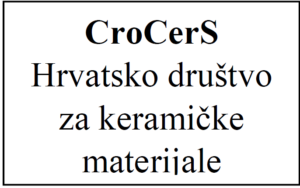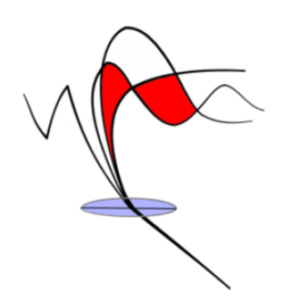Abstract
The reconstruction of bone defects remains a significant clinical issue. The gold standard technique, autograft, which consists on taking a graft from the patient himself, is not totally satisfactory because of medical complications such as pain, infection, haemorrhage and increased morbidity. Bone tissue engineering must therefore sometimes involve synthetic bone implants. Calcium phosphate bioceramics have been used for decades as synthetic bone substitutes because of their chemical composition close to that of the bone mineral part. However, osseointegration of synthetic bone substitutes still need to be improved.
We propose to expose here two ways to improve osseointegration of calcium phosphate ceramics: by controlling the macroporous architecture of the scaffolds and by modifying the ceramic surface topography.
The first part of the presentation will be focused on the links between the implant macroporous architecture and the cell behaviour. Several shaping methods will be described:
(i) Impregnation of a polymeric beads skeleton, giving rise to a network of interconnected spherical pores;
(ii) Ice templating, yielding to a parallel ellipsoidal channel-like structure;
(iii) Stereolithography, an additive manufacturing method allowing to obtain complex shapes as interconnected cubical pores.
The biological response of the three types of structures will be compared, in terms of cell proliferation and differentiation.
The bioactivity of synthetic bone implants is also highly impacted by their surface topography. The second part of the presentation will be thus dedicated to a study about the influence of surface micro- patterning on cell behaviour. For this purpose, laser machining technology is employed in order to produce controlled regular micro-patterns on dense calcium phosphate surfaces, without any contamination. The choice of the source is directed towards a femtosecond pulsed laser, in order to limit the thermal impact of such a process and thus to avoid the unwanted phase transformations potentially induced by the temperature elevation. Process parameters (laser power, scanning speed, pulse frequency), allowing to obtain ceramic substrates with perfectly controlled micro-patterning and without any secondary phase, will be presented. The investigation of the microstructural characteristics by several microscopy routes (optical, confocal, scanning electron) and of the phase identification by X-Ray Diffraction and Raman spectroscopy, will be described. Finally, the influence of the surface micro-patterning on biological behaviour will be exposed, in terms of cell behaviour and antibacterial effect.
*Zajednički seminar Hrvatskog društva za keramičke materijale, Hrvatskog mikroskopijskog društva, Hrvatskog biofizičkog društva i Instituta Ruđer Bošković


![]()




